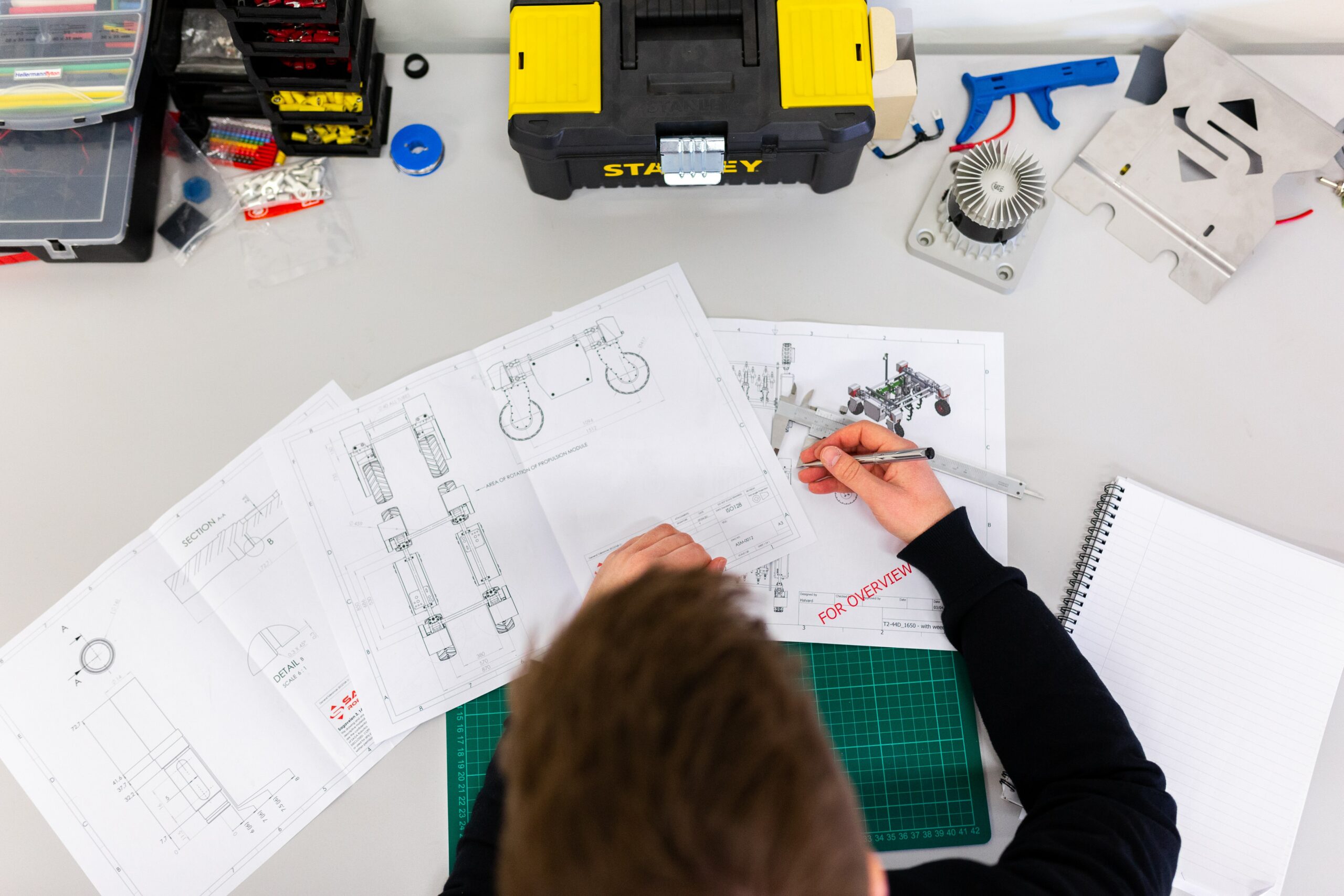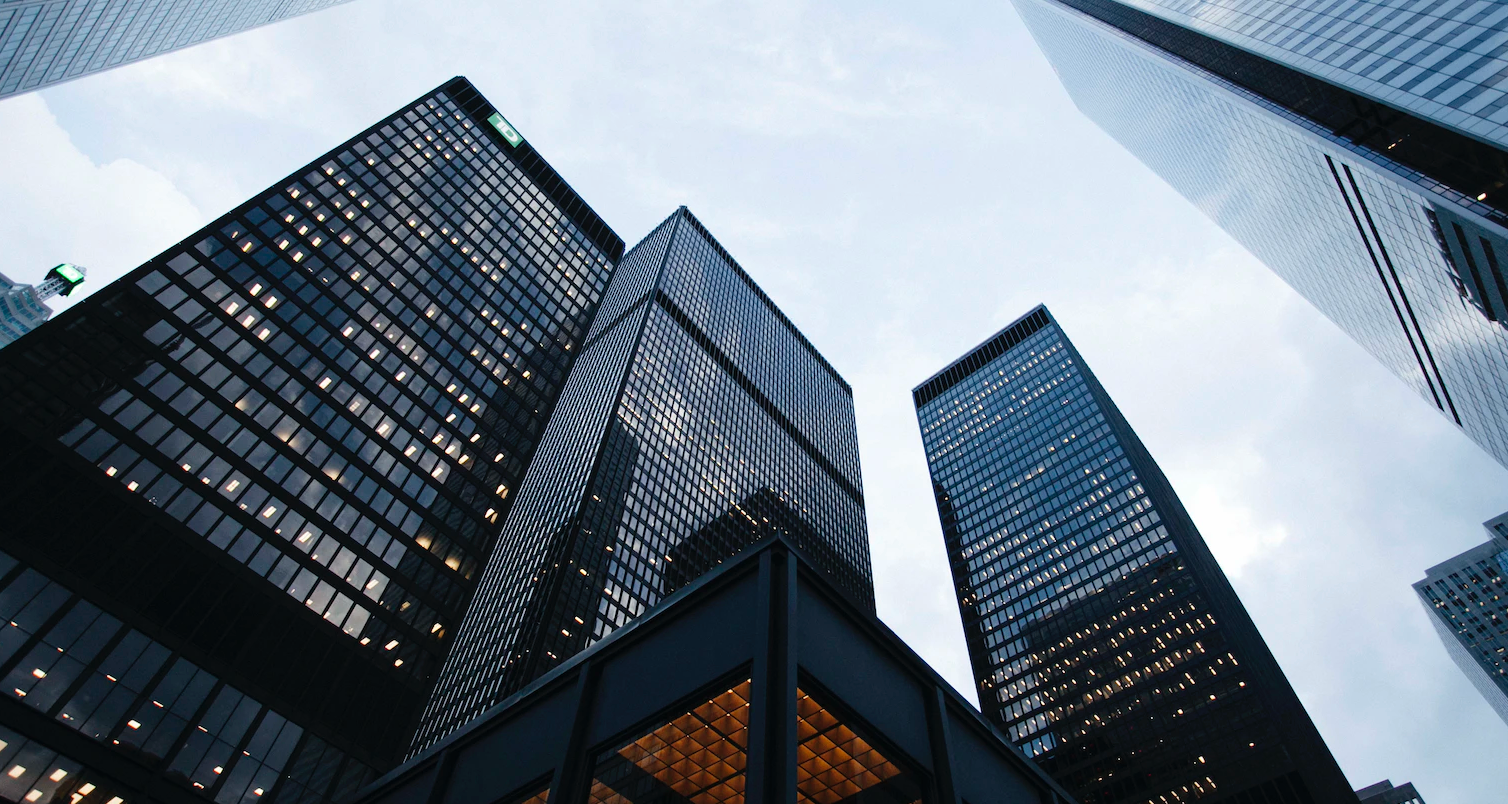Mechanical building services: What do building services engineers do?

Building services engineers advise on, design, install, and maintain cost-effective and energy-efficient systems for building services such as water, lighting, heating, air conditioning, lifts, and telecommunications.
What is MEP Engineering?
MEP is an abbreviation for "mechanical, electrical, and plumbing" in the construction industry. MEP engineering is the science and art of planning, designing, and managing a building's MEP systems. An MEP design firm specialises in these abilities. They are essential at all stages of the construction process and are also known as mechanical building services, electrical engineering, and plumbing engineering consulting firms. They aid in decision-making, cost estimation, construction administration, documentation, building management, and maintenance.
MEP systems are the central nervous system of a building. MEP systems are in charge of a structure's "creature comfort" features. They make a structure livable and pleasant, whether it's a single-story house or a 50-story skyscraper.
Buildings are caves without well-designed solutions from an MEP firm like Peter Basso Associates. Mechanical, electrical, and plumbing engineers design the interior of a building.
Buildings are caves without well-designed solutions from an MEP firm like Peter Basso Associates. Mechanical, electrical, and plumbing engineers create the cosy spaces we all know and love in buildings.
Mechanical building engineering is a vast subject. A mechanical building engineer's job is exciting and varied, with no two days being the same. On a large and complex project, you may spend one-day designing ventilation systems and the next inspecting drainage systems.
It has established a strong reputation in building mechanical and electrical engineering by completing numerous projects in a variety of sectors, including health, industrial, education, and data centres. We're well-known for our emphasis on health, safety, and environmental protection, and we're very proud of it.
Supervising mechanical system design and drawing
A mechanical building engineer is in charge of overseeing the design and drawing of mechanical systems such as ventilation, air conditioning, and fire protection within buildings. They will also analyse problems, perform calculations, supervise work, and conduct end-of-project inspections to ensure quality, efficiency, and affordability throughout a project's lifecycle. Our engineers are increasingly utilising technology such as Building Information Modelling (BIM) to provide accurate and comprehensive designs. Building information modelling (BIM) assists mechanical engineers in designing and documenting systems in detail, while also allowing teams to work more collaboratively to complete projects faster and more efficiently.
Working in a diverse team
Mechanical engineers work in a variety of teams with a wide range of skills and experience from which professionals can learn. Depending on the project, you may be collaborating with project managers, civil engineers, structural engineers, and other professionals. To be effective, you must have excellent stakeholder relations skills, be able to communicate with the team and clients, and thrive in a fast-paced project delivery environment. Collaboration is essential, and by sharing issues early on, problems can be resolved more effectively and with better results. Mechanical building engineers at the company gain confidence and develop their skill sets by being genuinely collaborative and working within diverse teams.
Innovating across the board
Traditional methods are not always the most efficient, as a good mechanical building engineer understands. We at SNC-Lavalin are always looking for new ways to innovate and learn so that we can respond quickly to changes and discover new opportunities. As a result, our mechanical building engineers receive ongoing training while advocating for advanced technologies, the environment, and energy efficiency.
Designing for Sustainability
Mechanical building engineers must keep sustainability at the forefront of their minds at all times. With the construction industry accounting for 39% of global CO2 emissions, adding green solutions after the fact is not enough; sustainability must be considered early in the design process. Mechanical building engineers who are forward-thinking combine traditional and modern principles to create energy-efficient solutions. New forms of energy are being developed and can be integrated into buildings.
Sensor technology, for example, ensures that lighting and air conditioning use as little energy as possible. We cannot afford to miss the global deadline of Net Zero Carbon by 2050, and at SNC-Lavalin, we are committed to building the future and safeguarding it for future generations through sustainable, innovative, and resilient projects.

Engineering is a high-paying and in-demand field with numerous specialities. Building services engineering is a subset of those that deal with the components and systems found inside buildings. If you enjoy problem-solving and learning about how buildings work, this could be a good career for you. This article will describe building services engineering and what it entails. What is the definition of building services engineering?
The design, development, installation, and maintenance of building convenience and comfort systems is known as building services engineering. It refers to any system or equipment within a building that provides comfort and safety. Building services contribute to the creation of spaces in which people can live and work with the least amount of environmental impact possible. Gas, water, and electricity are examples of building services systems.
